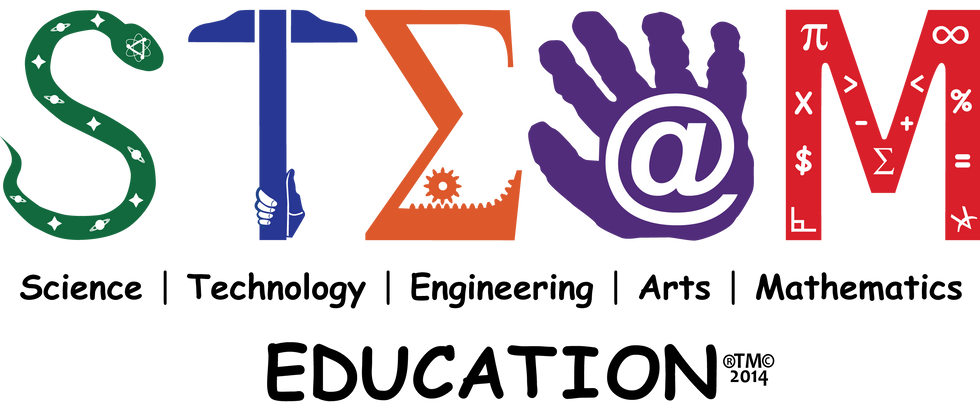In American education today, the big push is for STEM education. Schools are shoving science, math, and technology down their students' throats, pushing for higher math scores and more students to enroll in college for a STEM field. The STEM field is booming, they say. You'll find a job there, and you'll make money and you'll be happy. Just focus on your numbers. You're told in school that the arts aren't helpful, that they're fun, but they won't make you any money. We as a society have dichotomized the arts and STEM.
As an engineering student, I suppose you could say that they "got to me." That I listened and accepted this thinking and followed the predetermined path into STEM. But you would be wrong.
Yes, I'm going to school for engineering. After I take my Fundamentals of Engineering exam, I'll be an Engineer-in-Training. I'm excited for my future and where my degree will catapult me to next. But I did not get here by putting my head down and doing math problems. I haven't made it through college with a good GPA in a STEM program because I never ventured out of science, technology, engineering, and math. I got to where I am today because of my arts education.
Let me explain. I started playing the piano when I was eight, percussion at nine, and saxophone at 15 (it was a short-lived affair). I've been singing my whole life, and I've always been encouraged to express myself through these creative outlets. I did marching band and theatre and speech league. I ran the gambit of art classes my high school provided. This did not affect my career path, but it made me into the person I am today, and it is what will ultimately make me a better engineer.
Engineers solve problems. That's what we're taught to do in college. You're presented with a problem and a set of parameters. You do what you need to do to come up with a solution. In the real world, no one is going to tell you what equations to use or what variables there are. You have to come up with most of it on your own. That is where the creativity from an arts education comes in. I can think outside of the box and come up with a different solution because I've been encouraged to think creatively.
When I play the piano, I play from sheet music. The notes are printed on the page, black and white, for all to see. But it's what's added to the music - the tempo, the volume, the attack of the notes, the use of the pedal - that makes it music. In engineering, the problem is the notes on the page. The solution is the music. That is where the creativity comes out. Where the "magic happens."
Our educational system needs to stop making students choose between the arts and sciences and show them how intertwined they truly are. Music theory is mostly math, and the Fibonacci Sequence is a mathematical concept that's been used in art for centuries, and has been seen in most living organisms studied in Biology. Lighting design comes down to code in a lot of theaters. It's important for students to learn how interconnected everything is, not how different.
It's been scientifically proven in a number of studies that music education is important for brain development, that art is a good therapy, that marching band teaches you many life lessons for the work force. The data is there. How is that for STEAM?
STEM education is good and it is important, because we need scientists, engineers, and mathematicians. We also need English teachers and artists and singers and actors. And we need all of those people to understand the full spectrum of education, not be pigeonholed into one or the other.
STEAM > STEM. We need to acknowledge this in the education of the next generation.






















